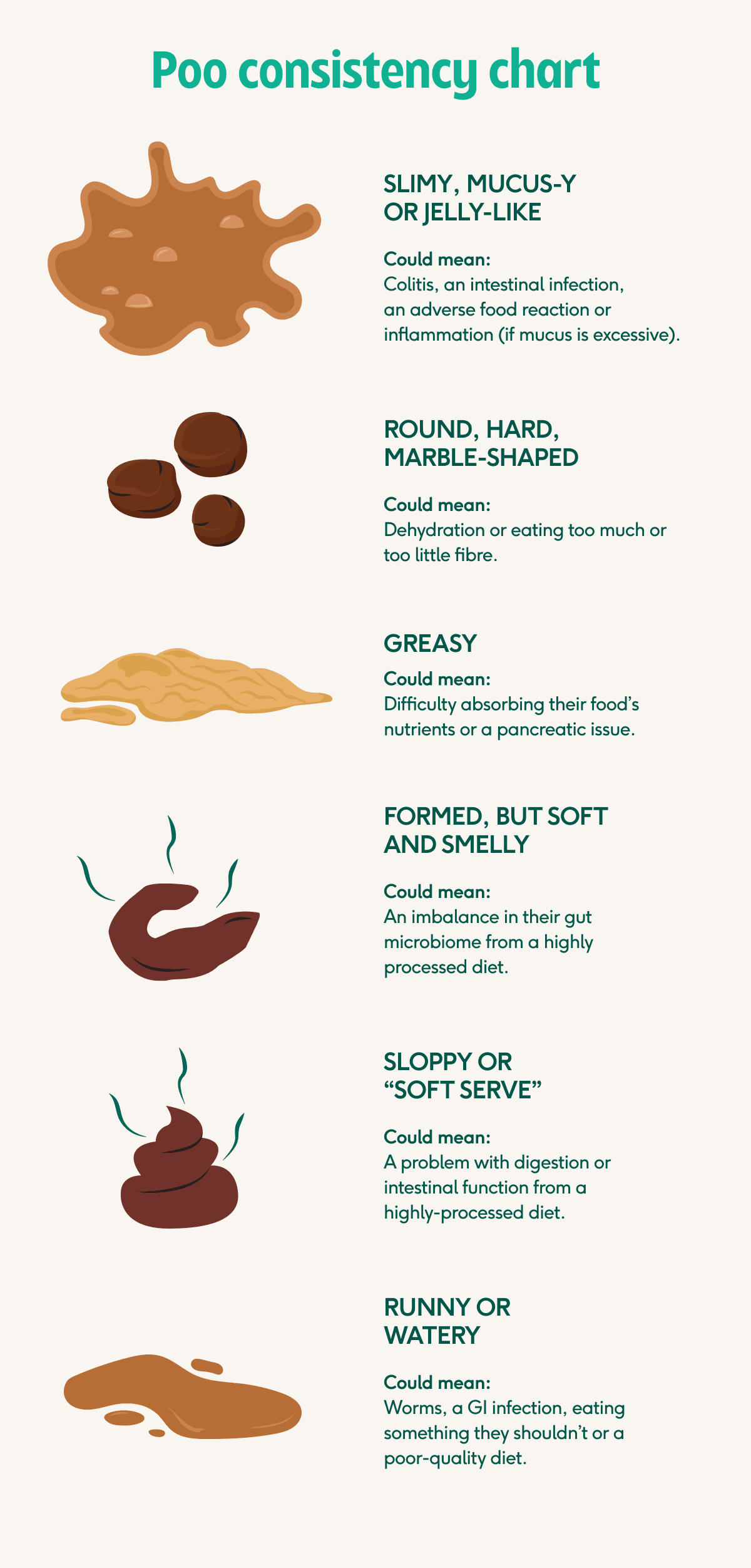As a dog owner, it is essential to pay attention to your furry friend’s stool. The color, consistency, and frequency of their bowel movements can provide valuable insights into their overall health. Any changes in your dog’s stool color should be noted and discussed with your veterinarian to ensure your pet’s well-being.
There are various factors that can influence the color of your dog’s stool, including their diet, hydration levels, and any underlying health issues. It is crucial to be familiar with the different stool colors and what they may indicate about your dog’s health.
Dog Stool Colors
Normal dog stool colors can range from brown to green to yellow, depending on their diet and overall health. Here are some common stool colors and what they may signify:
1. Brown: This is the most common and normal stool color for dogs. It indicates that your dog is digesting their food properly and is well-hydrated.
2. Green: Green stool may be a result of your dog eating grass or other green-colored foods. It can also indicate a rapid transit time through the digestive system.
3. Yellow: Yellow stool may suggest that your dog has a liver or gallbladder issue. It can also be a sign of a food intolerance or infection.
4. Black: Black stool can be a cause for concern as it may indicate internal bleeding in the stomach or intestines. It is essential to consult your vet immediately if you notice black stool.
5. Red: Red stool may be a sign of bleeding in the lower digestive tract. It can be caused by various factors such as parasites, infections, or tumors. It is crucial to seek veterinary attention if you notice red stool in your dog.
It is important to remember that any changes in your dog’s stool color should be monitored closely and discussed with your veterinarian. Regular check-ups and a balanced diet can help maintain your dog’s digestive health and overall well-being.
In conclusion, being aware of your dog’s stool colors and what they may indicate is crucial for their health. By observing and understanding the changes in your dog’s bowel movements, you can ensure early detection of any potential health issues and provide the necessary care and treatment for your beloved pet.
